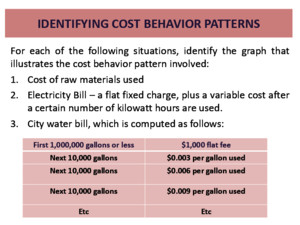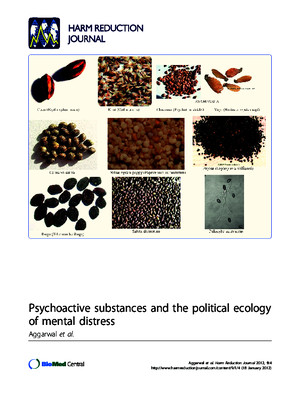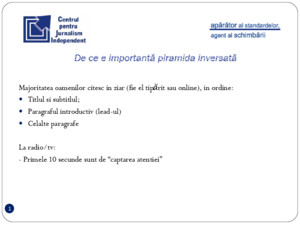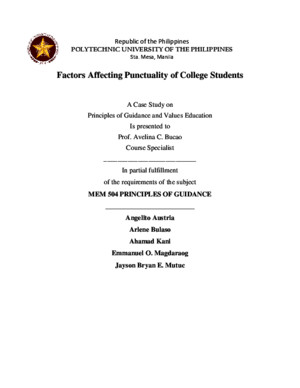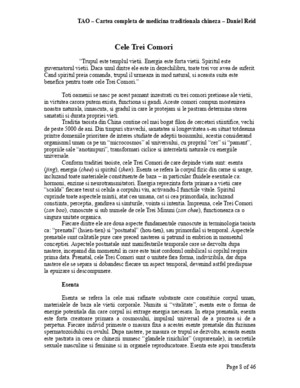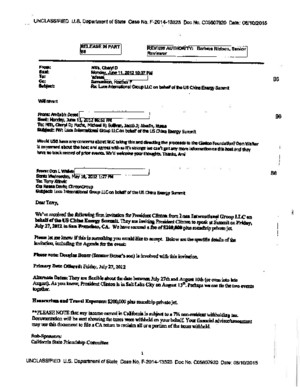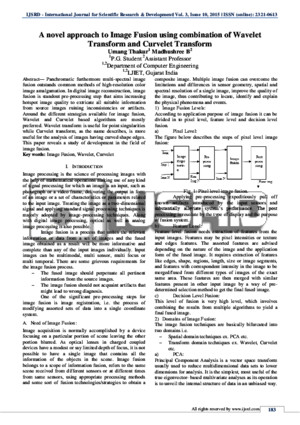To What Extent Were Ethnic Minorities an Obstacle to Forging National Unity in Independent SEA States
There is document - To What Extent Were Ethnic Minorities an Obstacle to Forging National Unity in Independent SEA States available here for reading and downloading. Use the download button below or simple online reader.
The file extension - PDF and ranks to the Documents category.
Tags
Related
Comments
Log in to leave a message!
Description
Download To What Extent Were Ethnic Minorities an Obstacle to Forging National Unity in Independent SEA States
Transcripts
To what extent were ethnic minorities an obstacle to forging national unity in independent SEA states? Ethnic minorities in independent SEA states include the indigenous and non-indigenous minorities The former tended to be more troublesome as they were more inclined to form separatist movements due to attachment to territories, historical experience and resentment towards the majority Whereas the latter is less problematic since they had little to no attachment to the region, and their economic role in the nation meant that majorities could not afford to persecute them in the long-term SEA states adopted policies towards the minorities in an attempt to forge national unity National unity is a tangible and intangible concept The term âforging national unityâ suggests how artificial national unity was and how government had to impose it upon a diverse polity using force, if necessary Therefore, ethnic minorities were an obstacle to forging national unity to a small extent, as they were actually less of a hindrance to attempts at forging national unity than the contextual conditions and government policies which shaped minority responses toward Indigenous ethnic minorities were a hindrance in forging national unity Minorities separatist movements launched armed uprisings and directly hindered government attempts at forging tangible national unity In Indonesia, the Acehnese, East Timorese, West Irian and South Maluku separatism threatened territorial integrity of the independent states In Aceh, the people enjoyed a history of independence until the arrival of the Dutch The chaos of the aftermath of WWII saw the breakout of a civil war between the traditional elites and the Islamic ulama The uluma eventually won and in 1953, a rebellion led by the military governor of Aceh broke out In a bid to crush the rebellion, Aceh was made a Military Operations Area in the 1980s Atrocities committed in the decade would firmly entrench Acehnese animosity against the Indonesian government In Philippines, the government sponsored migration from elsewhere in the country to regions traditionally dominated by Moros in the 1960s Sporadic clashes broke out in Mindanao between Christians and Moros, and a number of Moro groups emerged advocating independence or autonomy for the island of Mindanao By 1972, most of the Moro fighting groups joined together under the banner of the Moro National Liberation Front (MNLF) and continued to cause insurgencies against the Philippine government during Marcos years The unwillingness of the indigenous ethnic minorities to cooperate and assimilate into the society made it difficult for the governments to make any real progress in forging national unity Besides forming separatist movements, minority identities also hindered government attempts at forging a common national identity The distinctiveness of Acehnese and other minority identities in Indonesia hindered attempts by Suharto to impose a common Javanese-centric identity and create a mono-ethnic state through Pancasila Burmaâs military governmentâs assimilationist and racist approach based on Burma identity was hindered by the identities of non-Burman Burmese, in particular the hill tribes However, ethnic minorities were not always an obstacle The non-indigenous ethnic minorities were less of a hindrance to national unity Majority resentment towards indigenous minoritiesâ economic dominance was a source of friction and social instability, which is a tangible form of national disunity In 1969, the race riots in Malaysia were clear evidence of Malay antagonism towards Chinese dominance of Malaysian economy The New Economic Plan, which sought to reduce the share of non-bumiputra control in the economy, frustrated the Chinese who often found themselves barred from participation in government contracts Similarly, the race riots in Indonesia in the aftermath of the Asian Financial Crisis were directed at the Chinese, who had benefitted from Suhartoâs patronage The identification cards of the Chinese also had designation that marked them as ethnic Chinese, making them easy targets for corrupt government officials The Chinese were also not allowed to publicly display Chinese characters and forced to adopt Indonesian sounding names Chinese minorities, despite generating resentment, were not in themselves a hindrance to national unity, as they were relatively well integrated into Southeast Asian economies and societies The anti-Chinese riots of 1969 were a blip in Malaysiaâs history Race relations in the years after 1969 improved significantly, with Malaysian Chinese businessmen developing close relations with UMNO politicians and integrating themselves into the economy The Chinese in Indonesia also eventually integrated themselves and even played an active role in Indonesiaâs economy during Suhartoâs New Order This clearly shows that not all ethnic minorities were hindrances to forging national unity in SEA states Instead, there are other more fundamental obstacles that prevented national unity The contextual or historical conditions were more important hindrances than the minorities Different nationalist and decolonization experiences of the minorities and majorities saw the former lack any sense of identification with the latter after independence In Philippines, the colonial masters treated the Moros harshly whereas they adopted a concessionary attitude towards the Filipinos The East Timorese did not identify with the Indonesians because they were under the Portuguese rule until 1975, and thus did not participate in any anti-Dutch struggle for independence or were involved in the Dutch âpolice actionsâ from 1945-49 In contrast, the shared experiences of resistance to Chinese, French and Japanese colonialism served to bind the minorities and majorities in Vietnam together This shows that the different experiences of the minorities from the majorities made it difficult for them to empathize or relate to them Thus, the idea of national unity was not appealing to them, causing the process of forging national unity to be hindered The overlapping geographical, ethnic, and religious cleavages reinforced the minoritiesâ sense of distinctiveness and alienation from the majority The minorities felt they could identify with their religion or territory more and were more attached to their region The Acehnese in Indonesia could not identify Suhartoâs Javanese Islam as they practiced the traditional form of Islam Compared to the Chinese in Malaysia who lacked a sense of attachment to particular geographical areas within Malaysia since they were immigrants They lacked a strong religious identity as well Thus, it was easier for them to assimilate into the Malaya society as they could adapt to the nationâs ways without needing to compromise their own What was actually more of an obstacle to forging national unity was the government policies The governmentâs excessive use of armed force was a hindrance Suhartoâs continued use of force against ethnic separatists like the savage military crackdown of the Free Aceh Movement led to more than 3000 deaths made the Acehnese incited further rebellion as they became even more determined to separate from the state The military government in Burma also used armed forces against the hill tribes, which resulted in separatism becoming prevalent However, this was not always the case In Philippines, Aquino governmentâs granting of political autonomy to the Mindanao helped to quell MNLF violence, showing that the appropriate policies could mitigate separatism The governmentsâ promotion of dominant culture through assimilationist state ideologies was also a hindrance It discriminated against the minorities, which made them feel marginalized U Nuâs Buddhist Socialism and the racist and xenophobic approach of the military government both constituted attempts to impose Burma culture on the minorities, essentially undermining their own religion However, in Singapore, the government adopts an integrationist and multicultural approach, emphasizing meritocracy and economic development Economic exploitation of minority areas by governments was also a hindrance to national unity In 1950s, the Chinese community was also deprived of foreign exchange for businesses Businesses owned by the Chinese in the rural areas were either closed down or given to Indonesians Sukarno had hoped that it would provide the pribumis with the opportunity to further develop their business Later, Suhartoâs âNew Orderâ saw to the exploitation of oil, natural gas, timber, and minerals in Aceh, completely ignoring the welfare of the Acehnese people and it resulted in the region remaining as one of the poorest in Indonesia As a result of the governmentsâ exploitation, many minorities became unemployed and blamed the majority and the government for it, becoming a disincentive for the minorities to want to integrate This soured the relationship between the minorities and majorities, making national unity in the country even more elusive While exploitative government policies exacerbated the tensions, appropriate government policies could contain minority grievances, thus further highlighting the relative importance of government policies over the minorities themselves Another factor that hindered national unity was the rise of communist groups The PKI during Sukarnoâs Guided Democracy years was resented by the military and Muslims alike, ultimately resulting in the anti-Communist purges of 1965 Thus, the incompatibility between Communist ideology and the traditional cultures was an obstacle to tangible national unity In conclusion, ethnic minorities were a hindrance to national unity to the extent that government policies and contextual historical conditions alienated them from the nation at large Thus, minorities were responsible to only a small extent It is not totally possible to weigh if government policies or the historical conditions were more important in hindering national unity given that the policies were shaped by the conditions in various countries Still, in some countries like Philippines and Indonesia, which share similar contextual conditions, had different outcomes The appropriate government policies adopted by the Philippine government had more success in forging national unity than Suhartoâs inappropriate and militant policies


